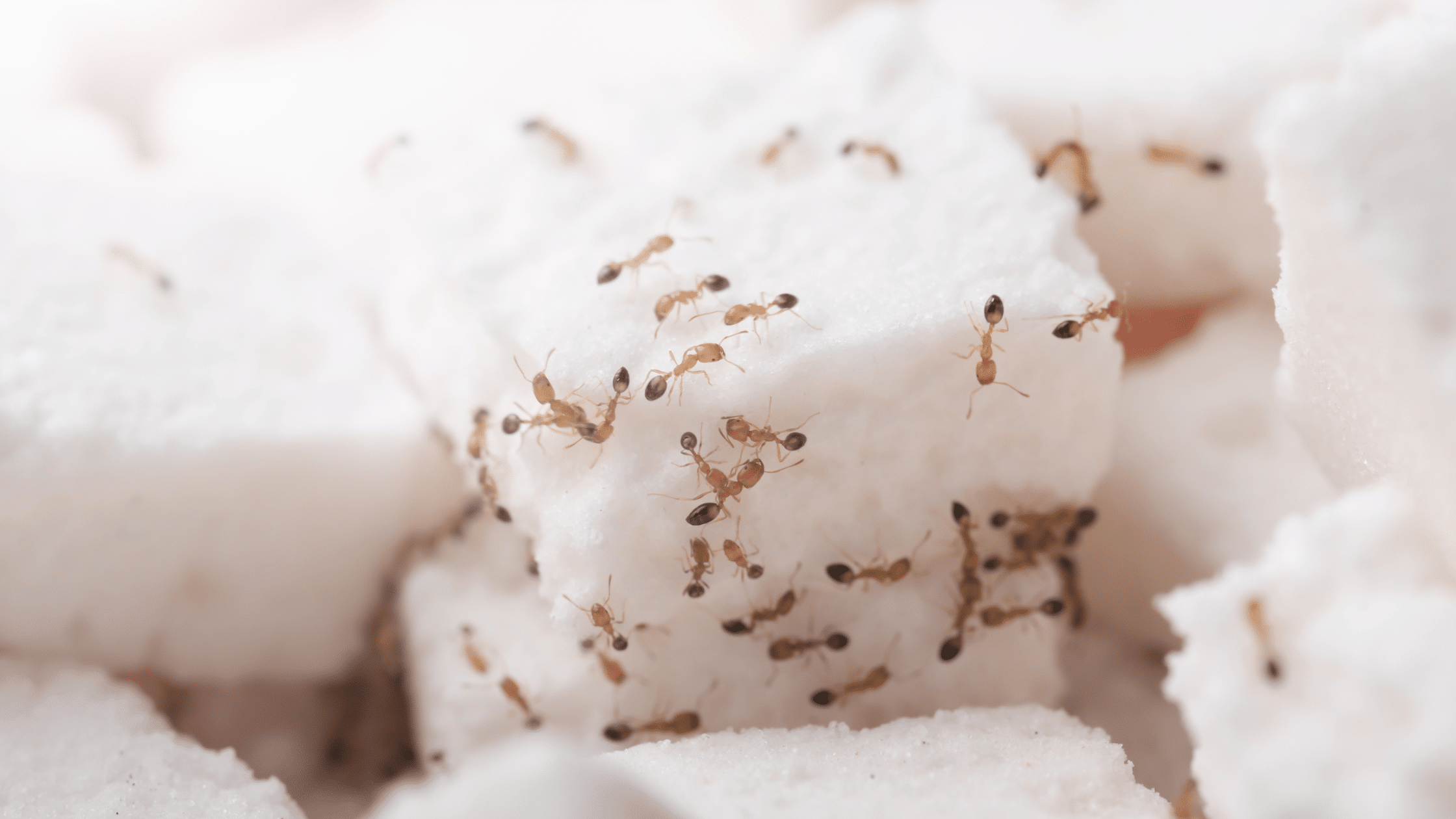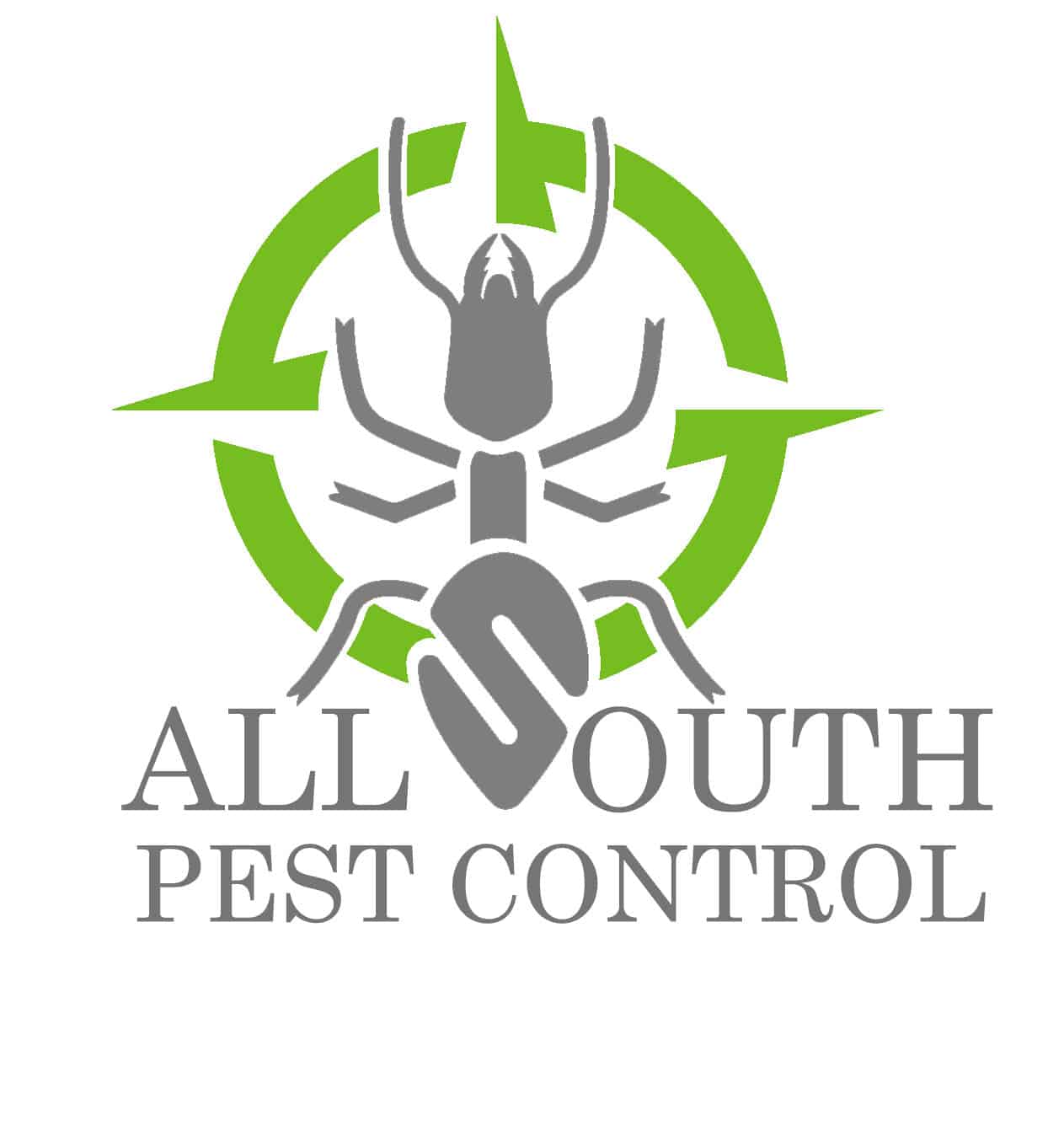
Sugar ants are one of the most common household pests, and if you’ve ever spotted tiny ants marching toward a spilled drink or a forgotten cookie crumb, you’ve likely encountered them. These tiny invaders are always on the hunt for sweets, making kitchens and pantries their favorite destinations. While sugar ants aren’t harmful, they can be a nuisance and are difficult to eliminate once they’ve established a food source. Worse, their presence often signals a larger colony nearby, meaning that if you see a few, many more could be hiding just out of sight.
This post will cover everything you need to know, including how to identify them, why they invade homes, and the most effective methods for getting rid of them for good.
What Are Sugar Ants?
The term “sugar ants” is commonly used to describe any small ants that are attracted to sweets, but it specifically refers to species like the banded sugar ant (Camponotus consobrinus). However, in the U.S., what most people call sugar ants are actually pavement ants or odorous house ants. These species are notorious for invading homes, particularly during warmer months when their colonies are most active.
- Appearance: Sugar ants are tiny, usually ranging from 2 to 15 millimeters in size, with colors varying from light brown to black. Some species have a shiny or striped abdomen, making them easy to distinguish.
- Behavior: These ants are highly active at night and send out scouts to locate food sources. Once they find something sugary, they leave a pheromone trail to guide the rest of the colony, which is why you often see long lines of ants leading to food.
- Nesting Areas: They prefer to nest in warm, moist areas such as beneath floors, inside walls, and around windows. Outdoors, they build nests in soil, under rocks, or within decaying wood. Some species can even set up satellite nests inside homes, making them harder to eradicate.

Why Do Sugar Ants Invade Homes?
Sugar ants enter homes primarily in search of food and water. Even the smallest crumbs or spills can attract them, and once they find a reliable food source, they return in larger numbers.
They can squeeze through tiny cracks and gaps to access kitchens, pantries, and bathrooms. Some of the main reasons they invade include:
- Access to Sugary Foods: Sugar ants have a strong preference for sweets, but they will also consume proteins and fats if available. Any crumbs, spilled drinks, or open food containers will attract them.
- Moisture: These ants seek out water sources, so leaky pipes, damp sponges, and pet water bowls can be appealing to them. Areas around sinks, dishwashers, and refrigerators often provide the perfect moisture conditions for them to thrive.
- Safe Shelter: Sugar ants build their nests in walls, under floors, or in other undisturbed areas where they can thrive without being noticed. Once inside, they can multiply quickly, making it difficult to control the infestation.
How to Prevent Sugar Ant Infestations
The best way to deal with sugar ants is to prevent them from entering in the first place. Here are some simple but effective steps:
- Keep Your Home Clean: They are attracted to even the tiniest food particles. Wipe down kitchen counters, sweep floors, and take out the trash regularly. Pay special attention to areas where crumbs tend to accumulate, such as under appliances and around trash cans.
- Store Food Properly: Keep sugar, cereal, and snacks in airtight containers. Avoid leaving food out overnight, and always rinse dishes before putting them in the sink.
- Fix Leaks and Reduce Moisture: Repair any dripping faucets and dry out damp areas, as they are drawn to water sources. Bathrooms and kitchens should be checked regularly for excess moisture.
- Seal Entry Points: Check for cracks around windows, doors, and pipes, then seal them with caulk to prevent sugar ants from getting inside. Even the smallest gaps can serve as entryways.
How to Get Rid of Sugar Ants
If sugar ants have already made their way inside, don’t worry—there are effective ways to eliminate them.

Natural Remedies:
If you prefer non-toxic methods, try these natural solutions to deter sugar ants:
- Vinegar and Water Spray: Mix equal parts vinegar and water in a spray bottle and use it to clean surfaces where ants have been spotted. This disrupts their scent trails, making it harder for them to find their way back.
- Lemon Juice: Ants dislike the smell of citrus. Squeeze lemon juice around windowsills, doorways, and countertops to create a natural barrier.
- Cinnamon or Coffee Grounds: Sprinkling cinnamon or coffee grounds near entry points can help keep sugar ants away. These substances interfere with their ability to follow scent trails.
DIY Solutions
For a more aggressive approach, these DIY methods can help eliminate sugar ants. One of the most effective solutions is using borax and sugar bait. This method works by attracting sugar ants with a sweet substance while delivering a slow-acting poison that kills the colony over time. Mix one part borax with three parts sugar and place small amounts near ant trails. The ants will carry the mixture back to their nest, poisoning the rest of the colony.
Another simple DIY method involves dish soap and water. A mixture of dish soap and water can be sprayed directly onto sugar ants to kill them on contact. This works by suffocating the ants, but it is a temporary solution that won’t address the entire infestation. For best results, use this method in combination with bait traps.
Additionally, double-sided tape can be used as a physical barrier. If you notice a consistent entry point for sugar ants, applying a strip of double-sided tape can trap them before they make it further inside your home. However, while this method may slow them down, it won’t eliminate the nest.
When to Call a Pest Control Professional
Sometimes, sugar ant infestations become too large to handle with DIY solutions alone. If you notice a persistent problem despite your efforts, calling a professional pest control service is the best solution. Sugar ants are highly adaptable, and large colonies can establish multiple nests, making it difficult to completely eradicate them without expert help.
A pest control expert can identify nesting sites, apply targeted treatments, and provide long-term prevention strategies. They may use professional-grade baits and non-toxic treatments to ensure your home remains ant-free. Additionally, they can help identify hidden attractants that might be contributing to the infestation.
Final Thoughts
Sugar ants may be small, but they can become a big problem if left unchecked. By keeping your home clean, sealing entry points, and using natural or DIY remedies, you can keep these pests away. The key is consistency—regular maintenance and proactive prevention will go a long way in keeping your home ant-free.
However, if an infestation becomes overwhelming, don’t hesitate to call a pest control expert for help. Taking proactive steps now will ensure that sugar ants don’t take over your kitchen in the future! If you’re struggling with an infestation, reach out to us today to protect your home from sugar ants for good.

Recent Comments